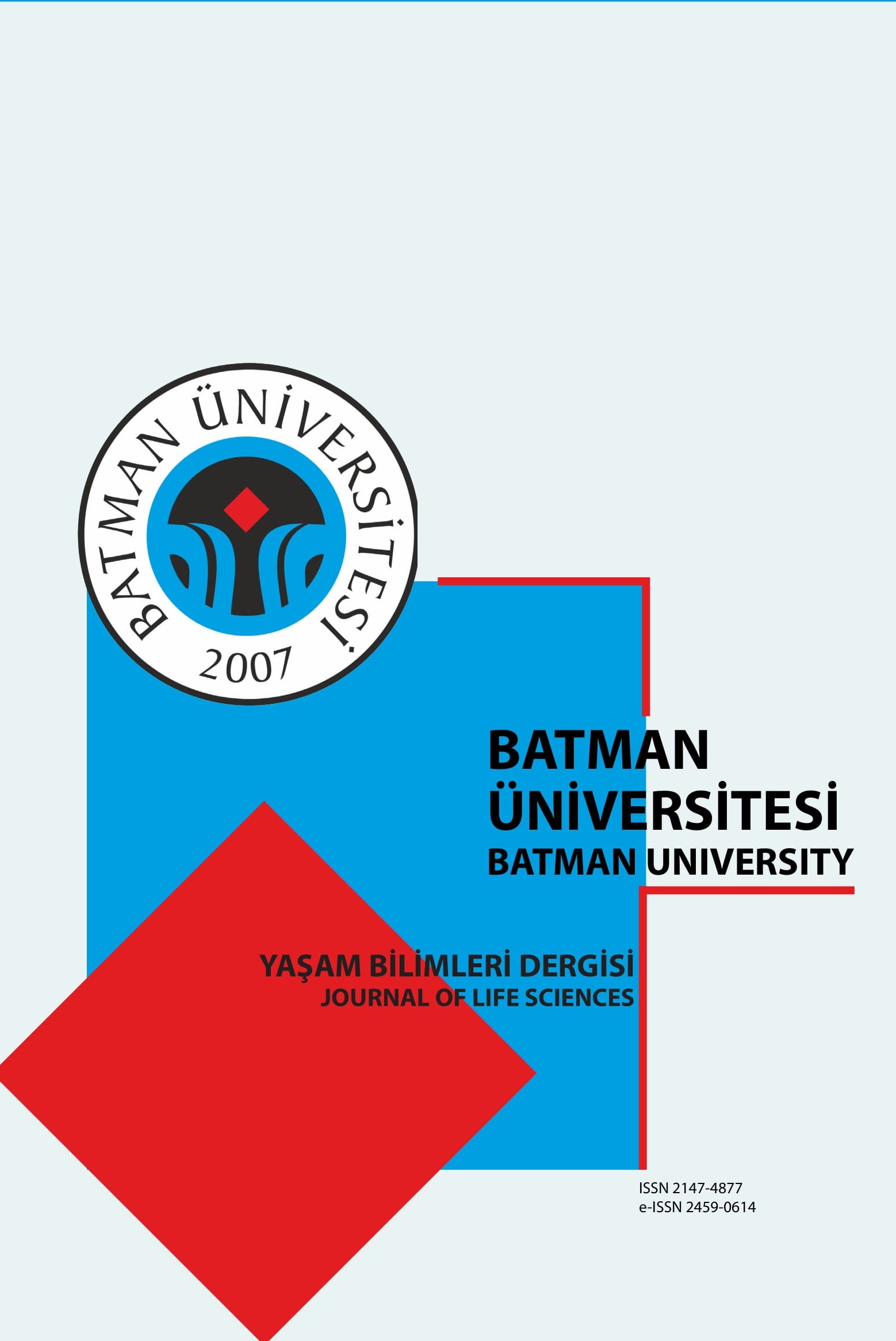Hatice ISKENDER, Nesibe YILDIZ, Abdulkadir DAĞDELEN, Amine ALKAN, Ayşe YILMAZ, İrem TONBULOĞLU, Sefa AKSAKAL
Üniversite Personelinin Görsel ve Sosyal Medya Kullanımı ile Beslenme Alışkanlıklarının Değerlendirilmesi
Bireyler sağlık ve beslenme ile ilgili konuları özellikle yazılı ve görsel medya aracılığı ile takip etmektedirler. Bu takip kişilerin dünyaya bakış açılarını, duygularını, tavırlarını etkileyebilmekte ve değiştirebilmektedir. Bu çalışmada 207 üniversite personelinin beslenme alışkanlıkları ile görsel, sosyal medya ve kitle iletişim araçlarına karşı tutum ve davranışlarının belirlenmesi amaçlanmıştır. Çalışmada idari personelin beden kütle indeksi ortalaması 26,9, akademik personelin beden kütle indeksi ortalaması 25,4 olup akademik ve idari personelin beden kütle indeksi ortalamaları arasında istatistiksel açıdan anlamlı farklılık bulunmuştur. Akademik personelin %62,9’unun idari personelin %80,6’sının günde üç öğün ile beslendiği, akademik personelin %75,0’inin, idari personelin %71,6’sının klasik kahvaltı yaptığı, akademik personelin %42,9’unun idari personelin %71,6’sının öğle yemeğini okul yemek hanesinde yediği ve akademik personelin %55,0’inin idari personelin %43,3’ünün bazen ara öğün yaptığı tespit edilmiştir. Akademik ve idari personelin sosyal medya ve kitle iletişim araçlarına karşı tutum ve davranışları benzerlik göstermekte olup, gıdalarla ilgili yayın ve reklamlardan etkilenmedikleri, güvenli bulmadıkları ve sağlıklı beslenmeye dikkat ettikleri sonucuna varılmıştır.
Anahtar Kelimeler:
Beslenme, Medya, Reklamlar, Televizyon
Evaluation of Using Visual and Social Media and Nutritional Habits for University Staff's
Individuals follow the topics related to health and nutrition especially by printed and visual media. This follow-up can affect and change people's perspectives on the world, their feelings and attitudes. In this study, it was aimed to determine the attitudes and behaviors of 207 University Staff againts nutrition habits, visual, social media and mass media. In the study, the average body mass index of the administrative staff was 26.9, the average of the academic staff was 25.4, and a statistically significant difference was found between the averages of the academic and administrative staff. It has been determined that 62.9% of the academic staff, 80.6% of the administrative staff eat three meals a day, 75.0% of the academic staff, 71.6% of the administrative staff have a classic breakfast, 42.9% of the academic staff and 71.6% of the administrative staff eat lunch at school refectory and 55.0% of the academic staff, 43.3% of the administrative staff sometimes have snack meals. It was concluded that there were similarities in the attitudes and behaviors between academic and administrative staff towards the social media and mass media, and they were not influenced by publications and advertisements about food, they do not find it safe and they paid attention to having a healthy diet.
Keywords:
Nutrition, Media, Advertisements, Television,
___
- Aktaş, A.Y. (2006). The effects of television food advertisements on childrens food purchasing requests. Pediatrics International, 48, 138-145.
- Aypak, C., Yikilkan, H., Dicle, M., Onder, O., & Gorpelioglu, S. (2013). "The relationship of vitamin D status with body mass index among obese adult. The Medical Bulletin of Haseki, 51(3), 95.
- Aytekin, M. (2016). Medya Endüstrisi. http://auzefkitap.istanbul.edu.tr/kitap/kok/medyaendustrisi.pdf. Adresinden 11.05.2020 tarihinde erişilmiştir.
- ISSN: 2147-4877
- Yayın Aralığı: Yılda 2 Sayı
- Başlangıç: 2012
- Yayıncı: Batman Üniversitesi
Sayıdaki Diğer Makaleler
Tekstil Sektöründe İstihdam: Esenler Atışalanı (İstanbul) Örneği
Bir Demir-Çelik İşletmesinde Sıcak Haddeleme Sürecindeki İşlemlerin Reba Yöntemi İle Analizi
Dikkat Mekanizmalarının Düşük Aydınlıklı Görüntü İyileştirme Üzerindeki Etkileri
Toplumsal ve Kültürel Boyutlarıyla Göç Olgusuna Panoramik Bir Bakış
Yatan Hasta Memnuniyetinin Değerlendirilmesi; Artvin İli Örneği
Hatice ISKENDER, Nesibe YILDIZ, Abdulkadir DAĞDELEN, Amine ALKAN, Ayşe YILMAZ, İrem TONBULOĞLU, Sefa AKSAKAL
